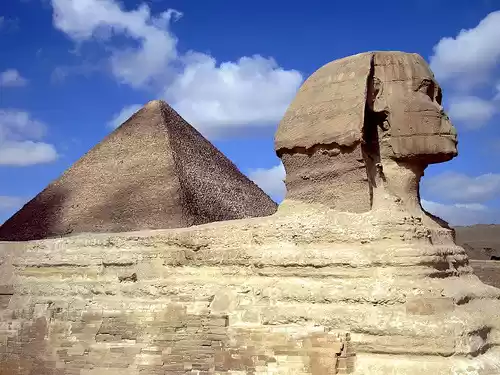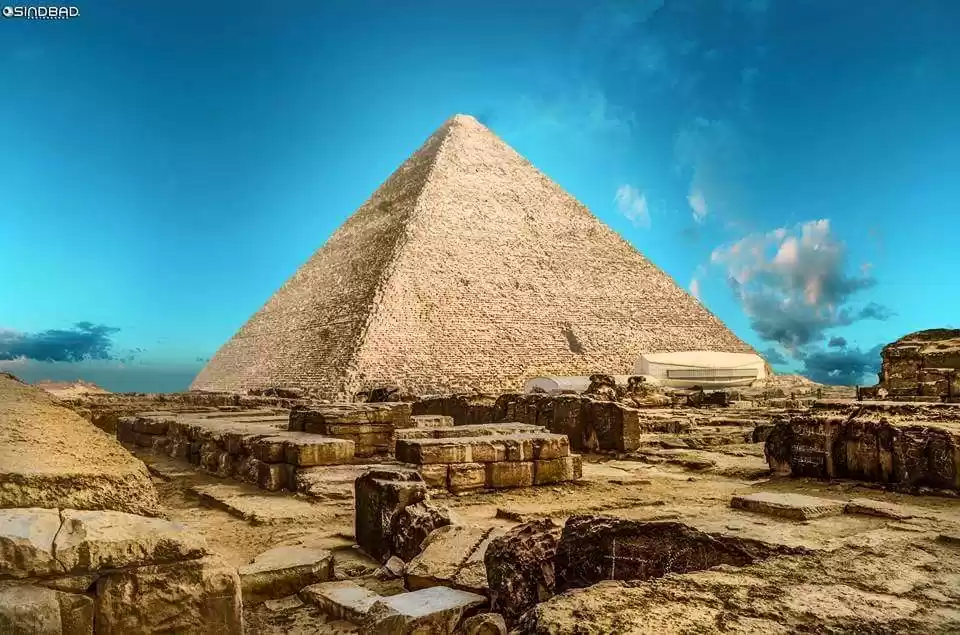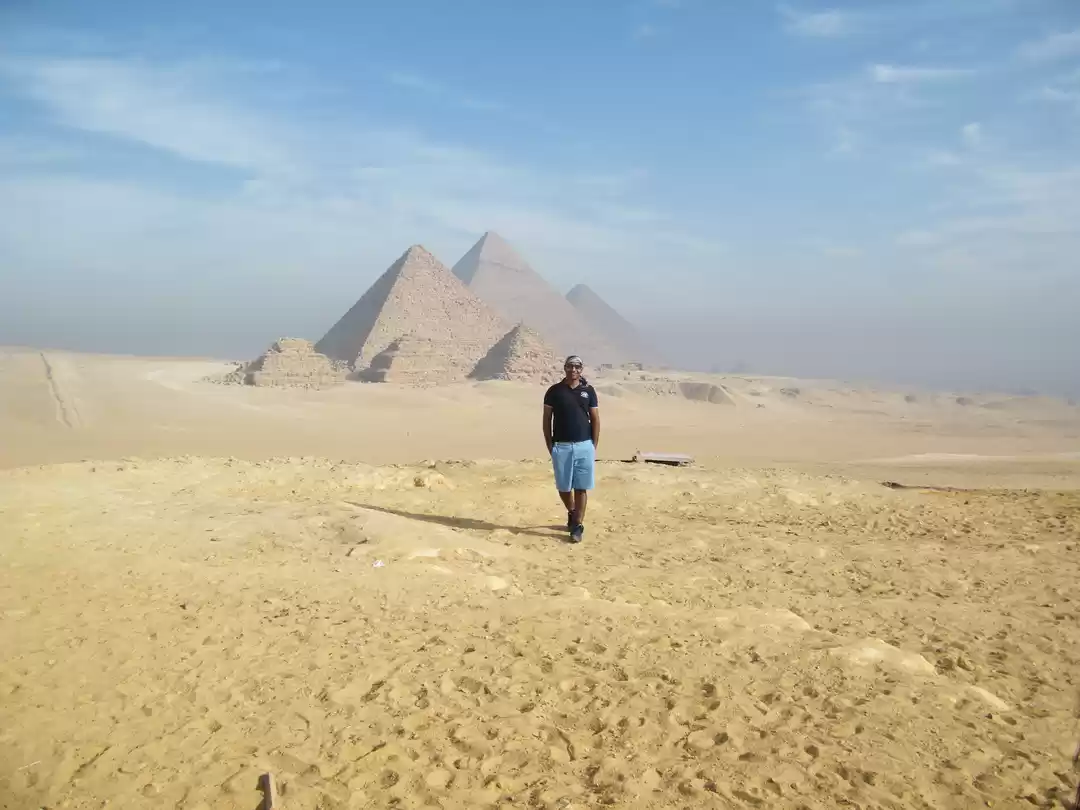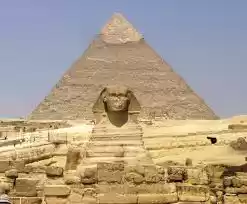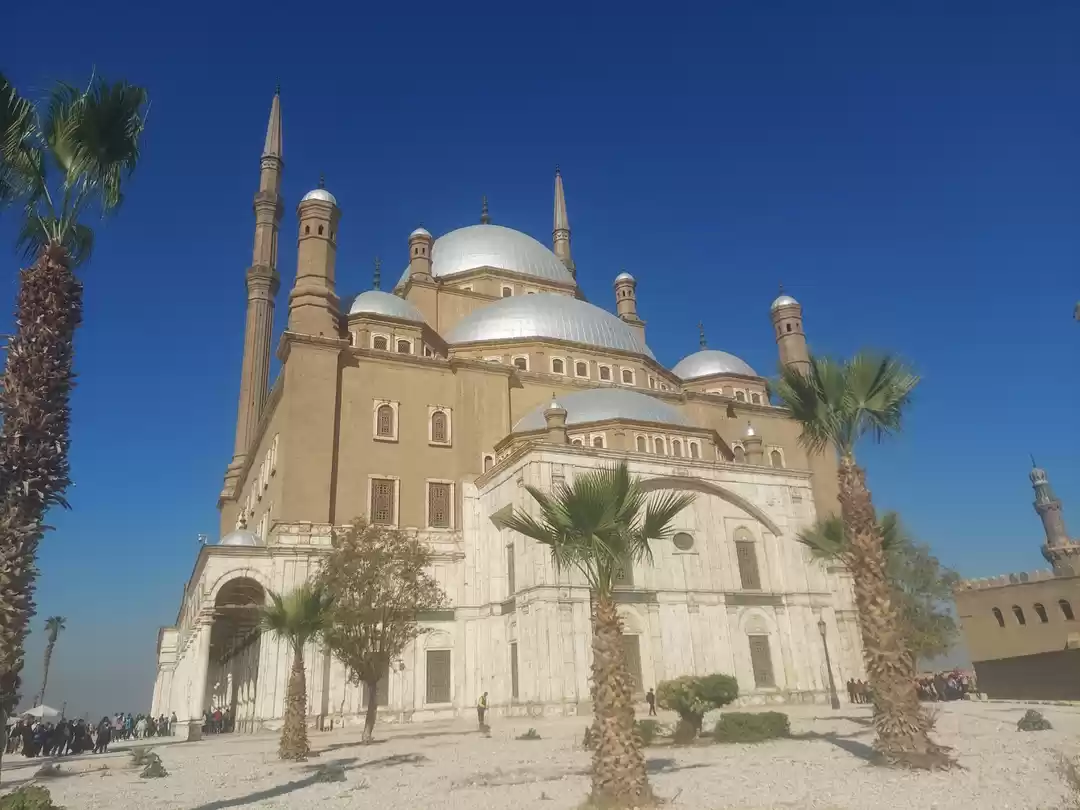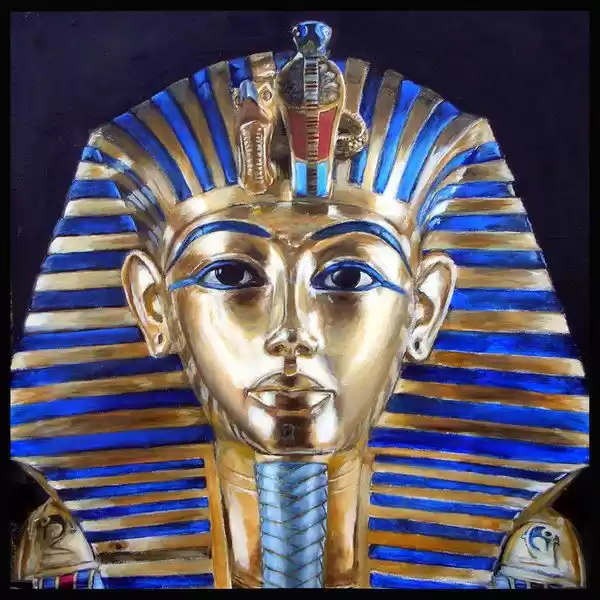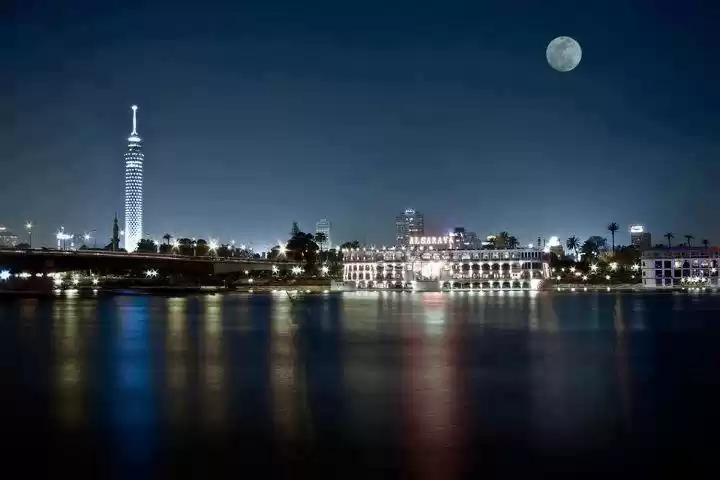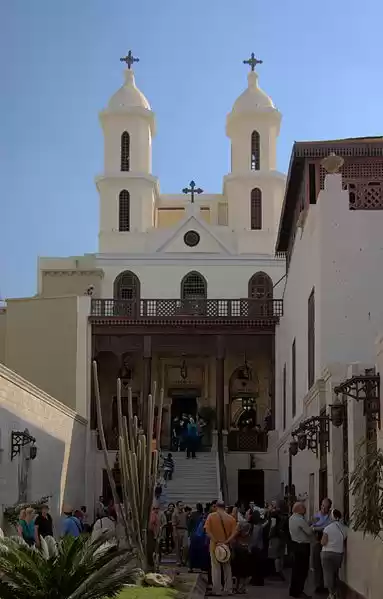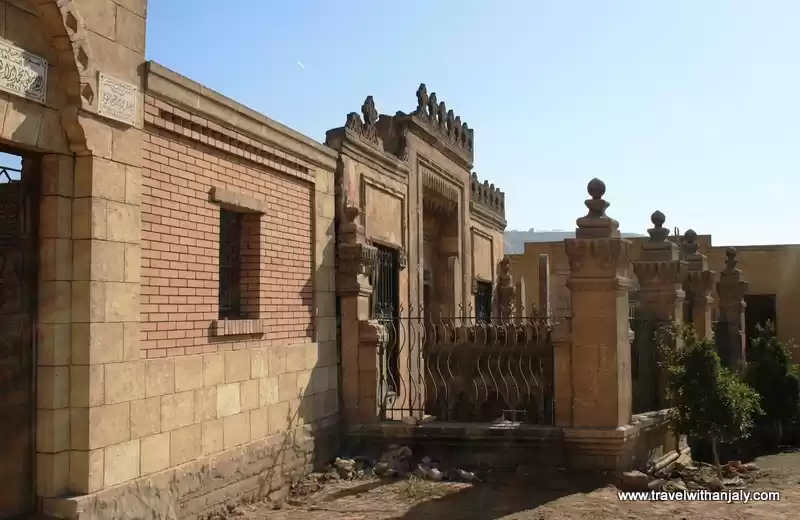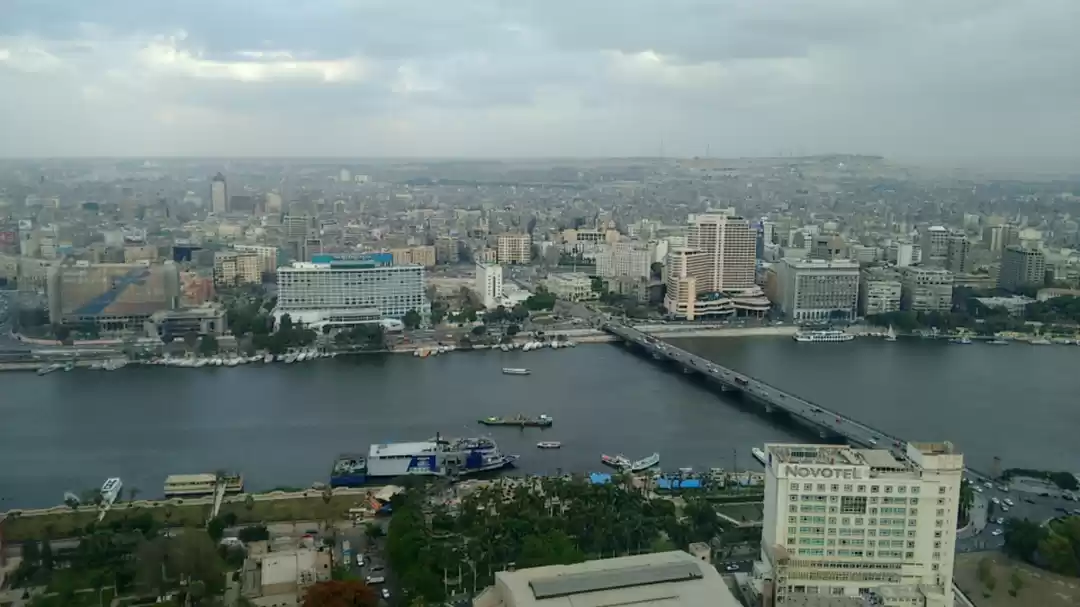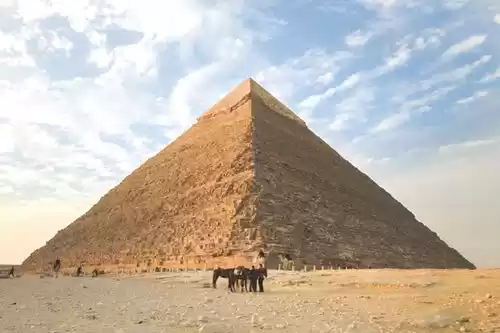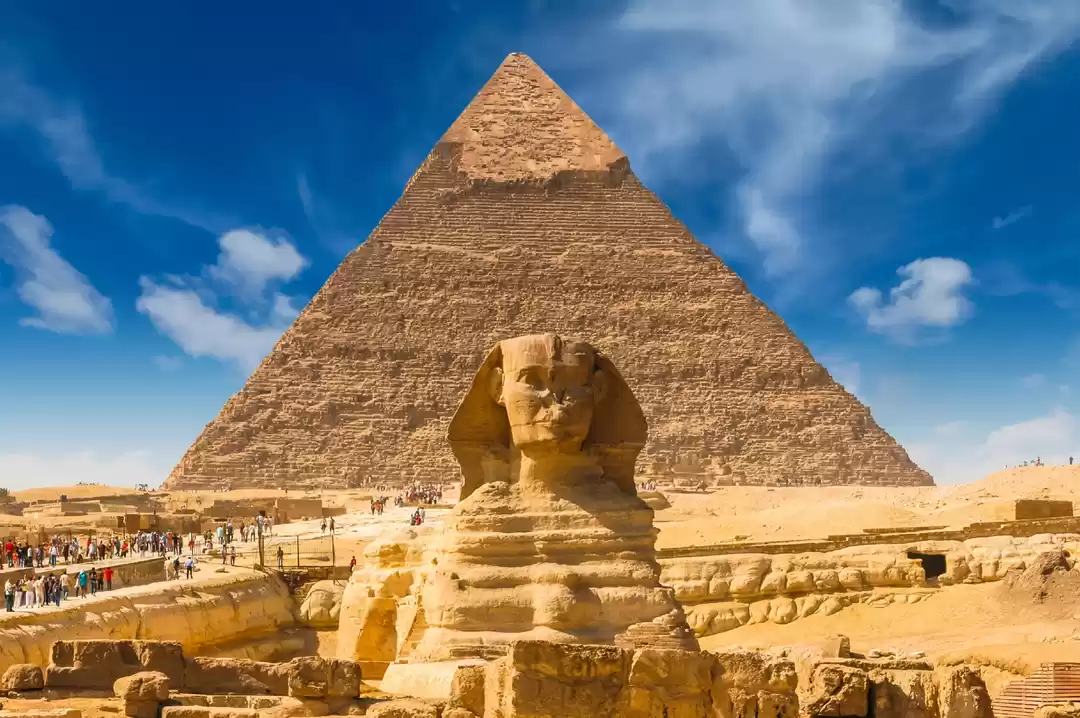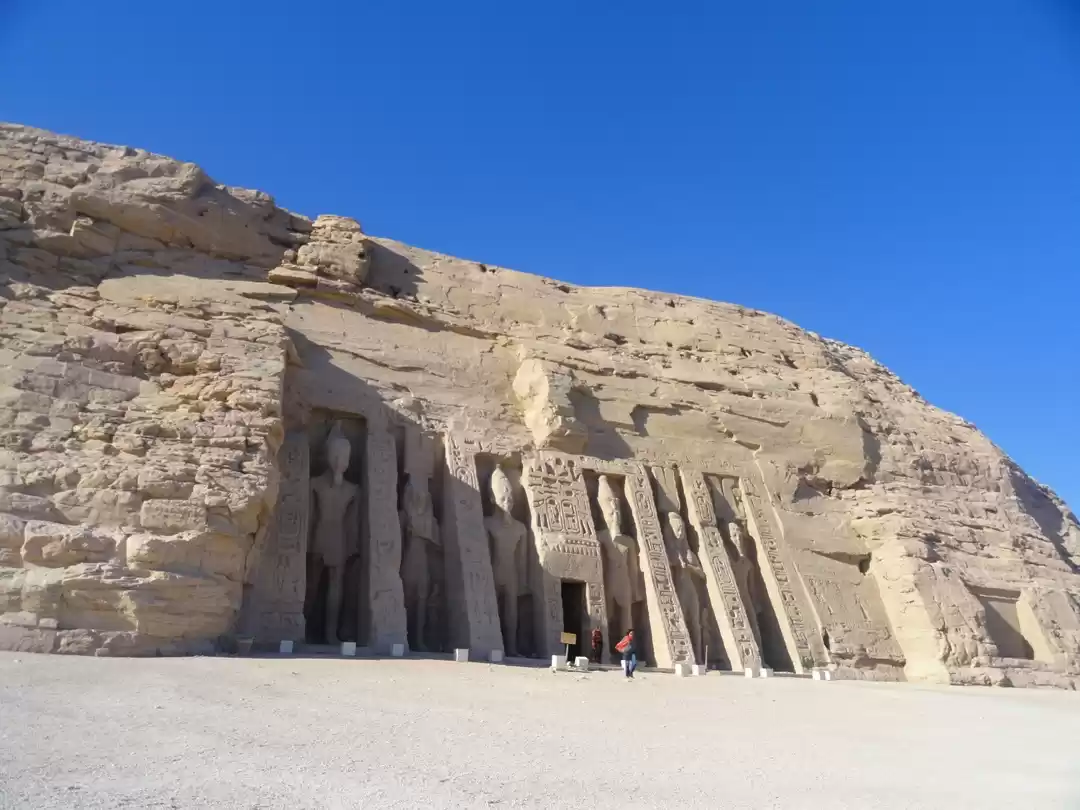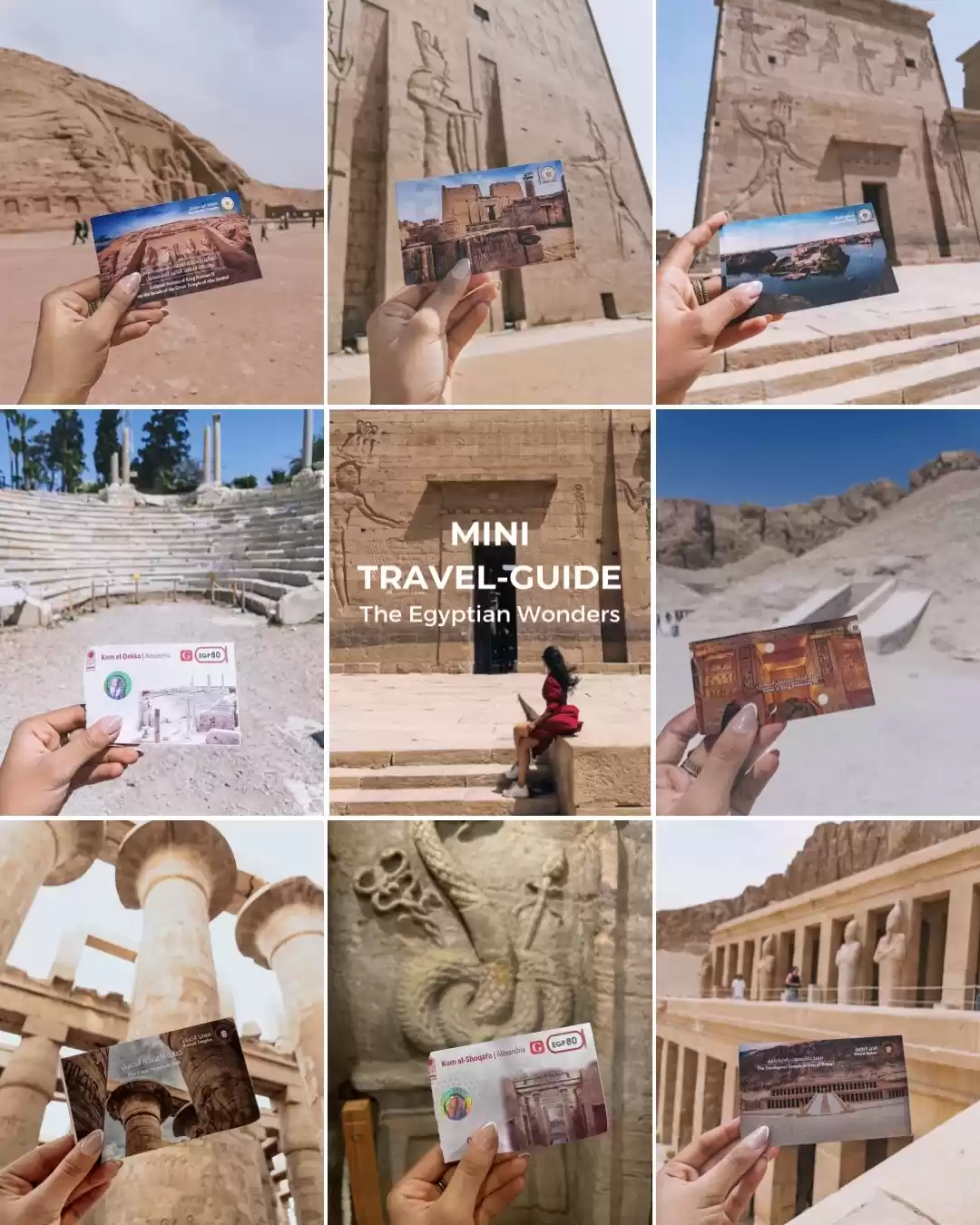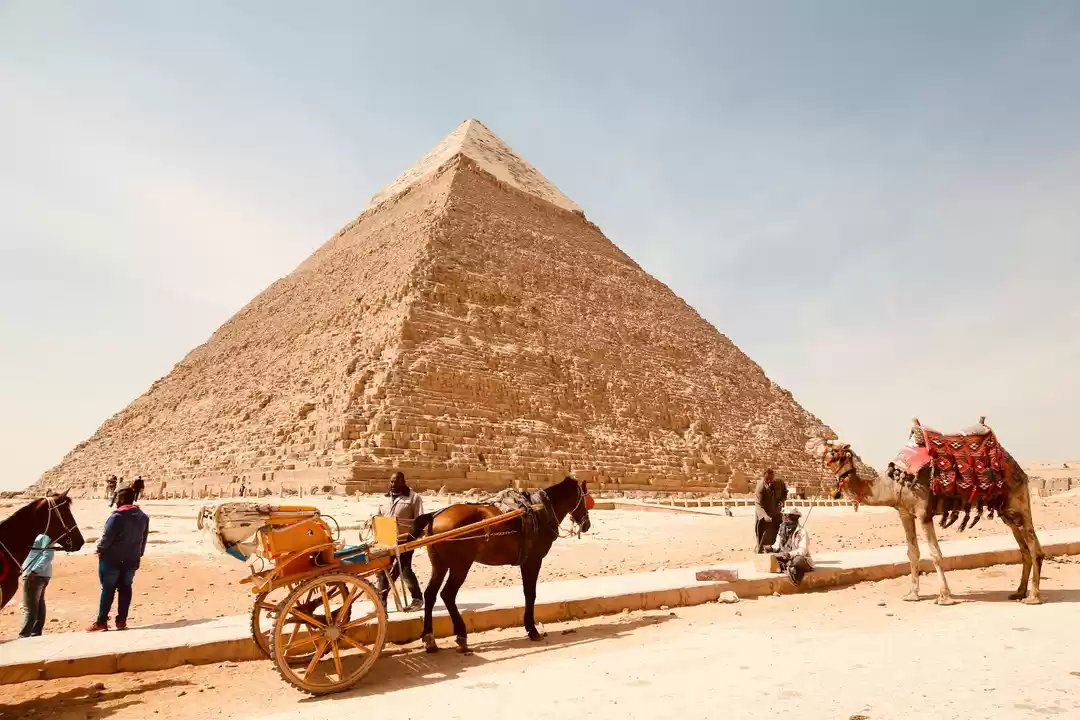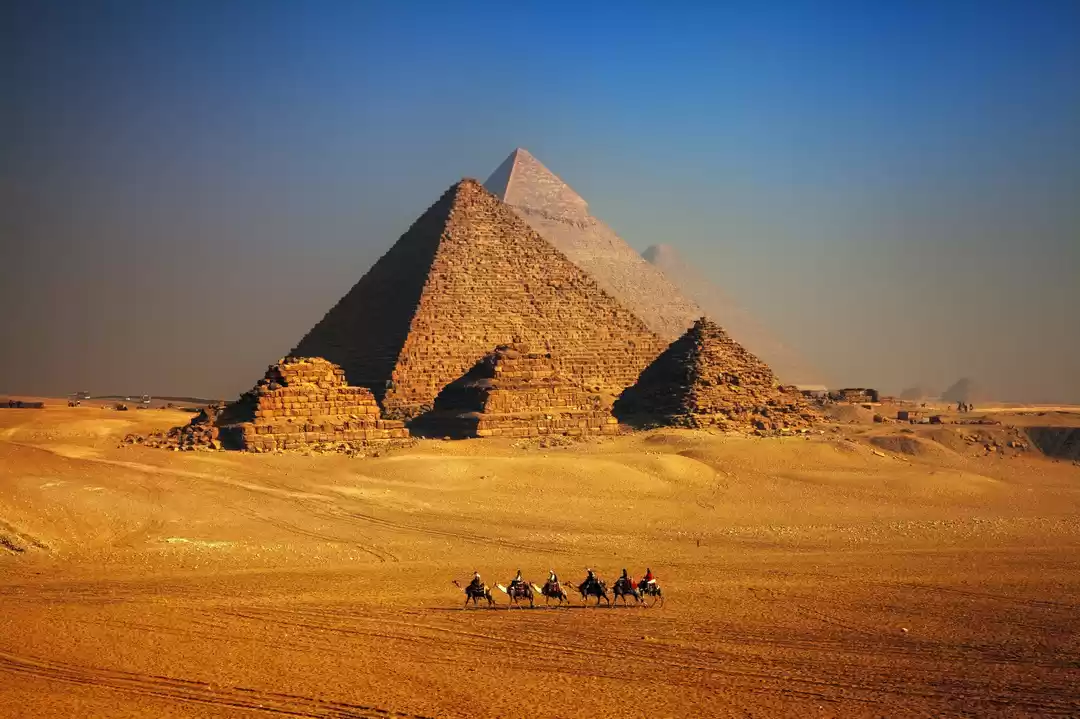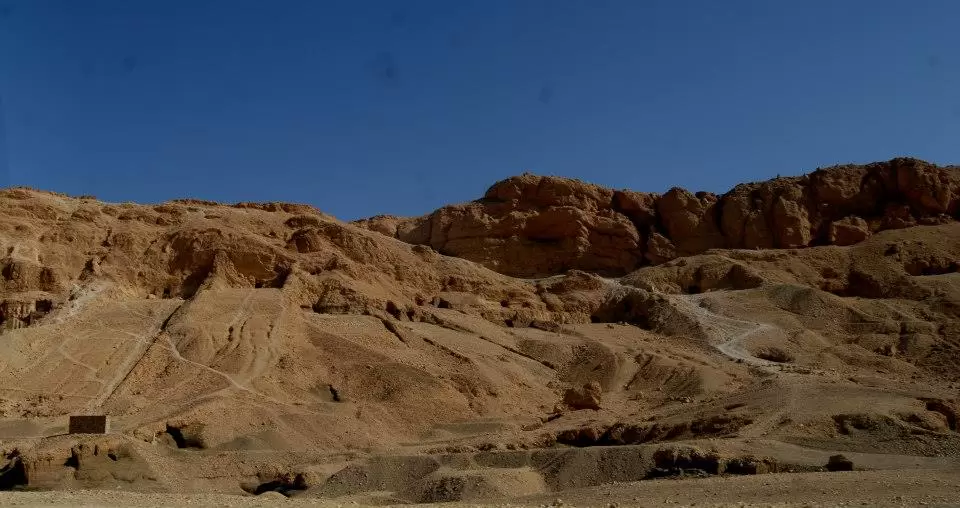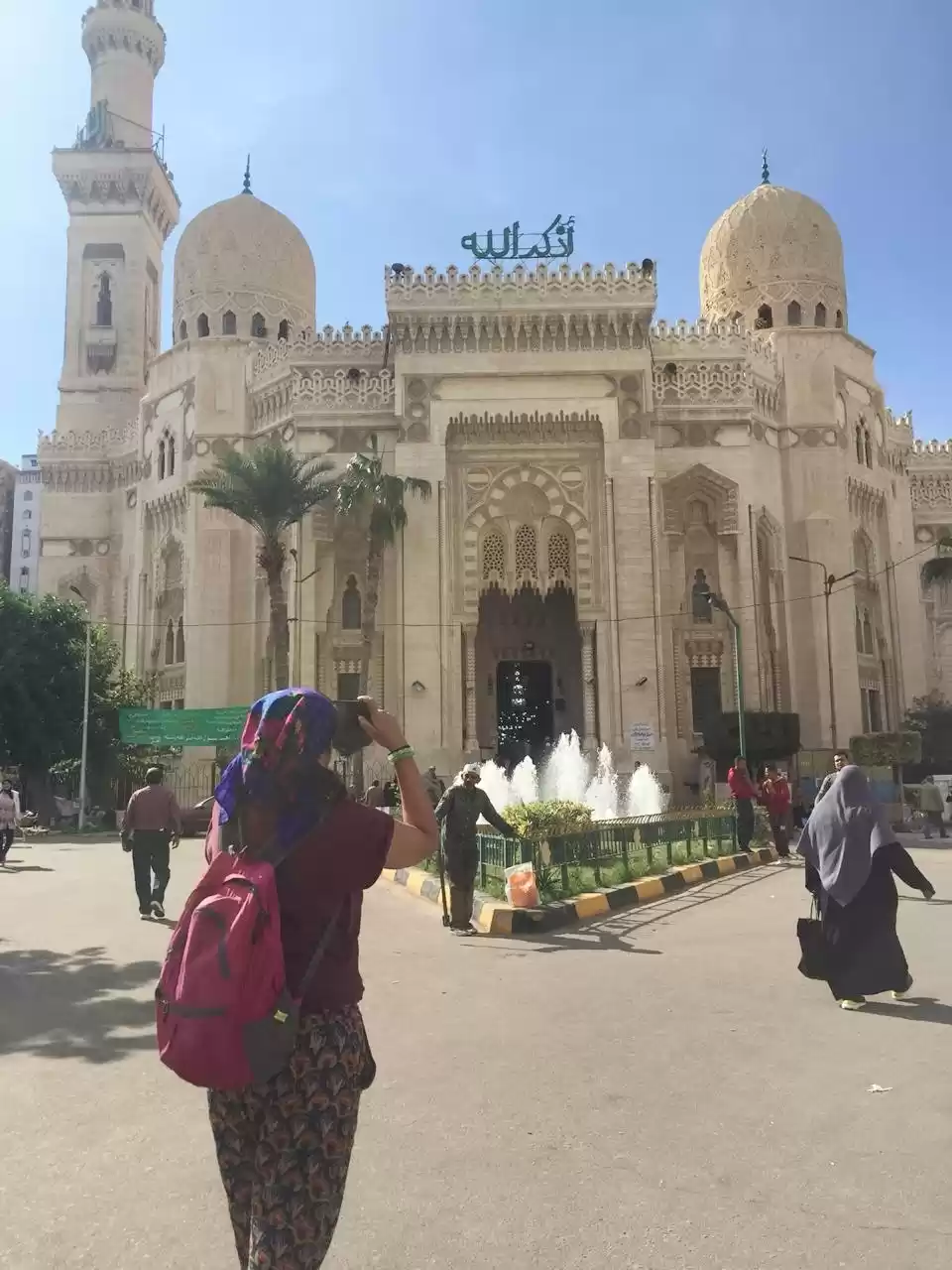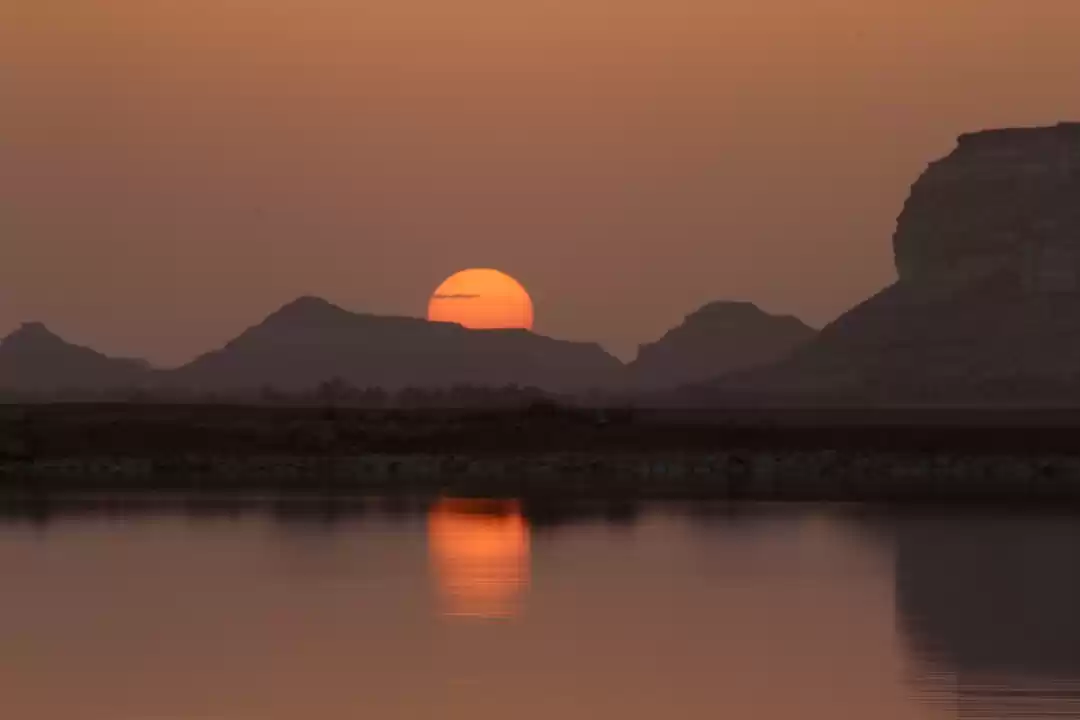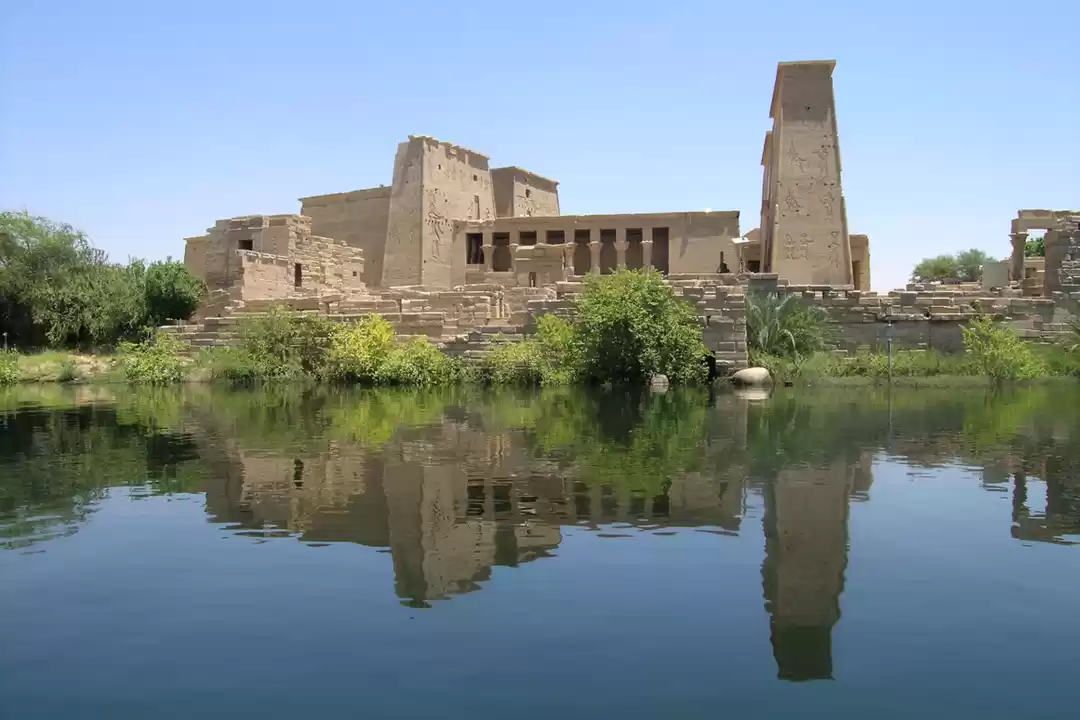
If I could visit only one country in the world, I would unhesitatingly pick Egypt. Honest! (Having been born in Hindustan which is ‘sarejahan se achcha’, I don’t have to choose between India and Egypt! Thank you, all the 330 million gods!)
Egypt, where the Nile flows the entire length of the country from south to north, and pours into the Mediterranean Sea. Egypt, where the pyramids still stand thousands of years after an ancient people built them god knows how! Where the mummies of the pyramid-builder pharaohs still lie in state in the Egyptian Museum at Cairo. The sphinx, the Roman ruins, the Colossi of Memnon, the Valley of Kings, the Temple of Hatshepsut, the massive states of Rameses II at Abu Simbel – have no parallel anywhere in the world.
Words are not enough to describe the splendour of Egypt. Nor can pictures do justice to the exotic sites. Yet I can’t resist the temptation of making a humble attempt. Readers, please forgive my transgressions.
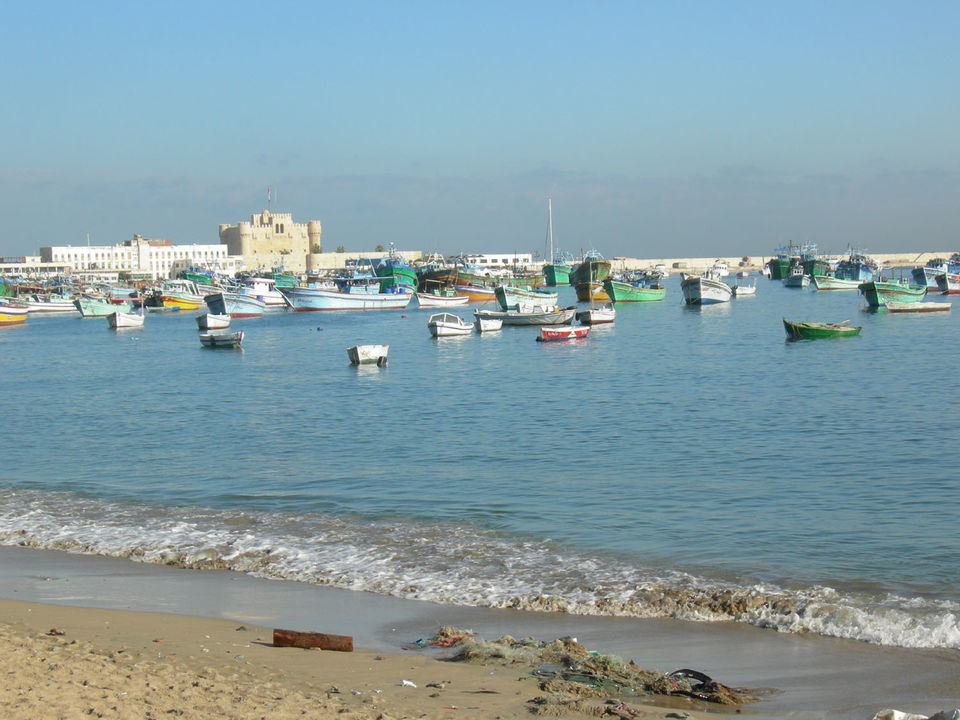
Alexandria, on the Nile delta is incredibly beautiful. The famed lighthouse and library have been obliterated by the ravages of time and the cruel hand of man. Ibn Battuta saw the lighthouse in ruins on his return journey to his homeland Morocco in 1349. Of Alexandria he says something very interesting. “Among all the ports in the world I have seen none to equal it, except the ports of Kawlam (Quilon/Kollam) and Qaliqat (Calicut) in India….” He mentions two other ports, Zaitun (Quanzhou) in China, and Sudaq in the Crimea. I suspect Alexandria is the only one of these ports that still retains its beauty! Never heard of Sudaq, so we’ll presume it’s still a port and still beautiful! But Kollam and Calicut no longer claim to be ports today.
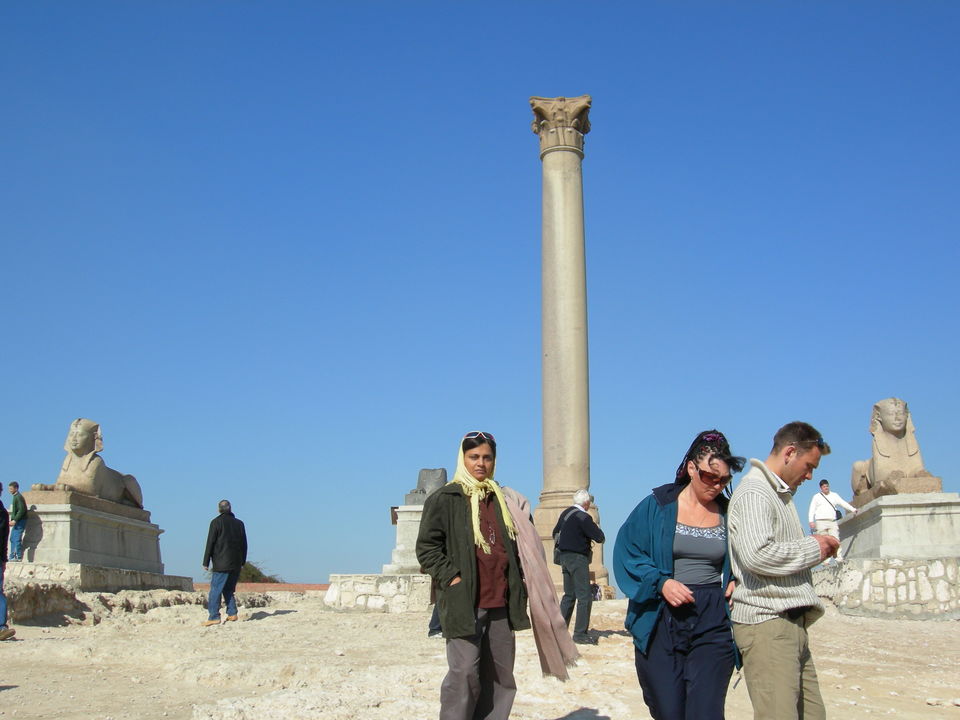


Don’t ever miss Alexandria, folks! Cairo is where the bulk of the tourists head, but Alexandria, Luxor and Abu Simbel are too good to be given the go by.
There is new modern library at Alexandria housed in a designer building. The Roman ruins- the amphitheatre, Pompey’s pillar, and other fallen artifacts - tell a sad tale. The fort of Qaitbey is interesting. The beautiful corniche has a romantic ambience. Was this where the gorgeous Cleopatra VII won the heart of the powerful Roman general Julius Caesar when she was smuggled into his presence wrapped up in a carpet and borne on the shoulders of a Sicilian?
This is the city founded by Alexander the Great in 331 B.C. This is where his corpse lies buried. His tomb was visited by Julius Caesar and Octavian but closed to the public in the 3rd century A.D. in the changing political milieu. Today nobody knows where the tomb lies.
The Arabs conquered Alexandria in 641, a year before the death of the Prophet Mohammed. And no, they weren’t the destroyers of the ancient library, so painstakingly put together by the Greeks over the centuries - it had disappeared few centuries ago. Napoleon’s forces captured Alexandria in 1798. The British grabbed it in 1801.


I was fortunate to visit the main mosque which was beautifully lit and presented a peaceful ambience. As I stood outside and made no move to enter the mosque, the taxi driver told me in Arabic that I could enter through a separate door meant for women. He showed me the door, indicated with gestures and more Arabic that I should wash my hands and feet before going inside. Where I live there were dozens of mosques but women were generally unwelcome (until recently) and Hindu women wouldn’t have ventured. So it was in Alexandria that I first got to pray in a mosque – and it felt good. Years later the Hasan II mosque in Casablanca, Morocco would blow my mind away, but that’s another story!


To do justice to Egypt you need to spend a fortnight. At Cairo (Battuta refers to it as Al Qahirah), a day at the Museum is an absolute must – if only to see the mummies and the golden crypt of the boy-pharaoh Tutankhamon. Rameses II lies here too – he ruled an amazing six decades, and could well be the Biblical pharaoh who let Moses leave with his band of Hebrew followers after the Lord showered multiple miseries upon the Egyptian people. Tahrir Square is now well-known for the rumblings of the Arab Spring. Do head out to Dahshur to see the Bent Pyramid, and Saqqara to behold the Step Pyramid.
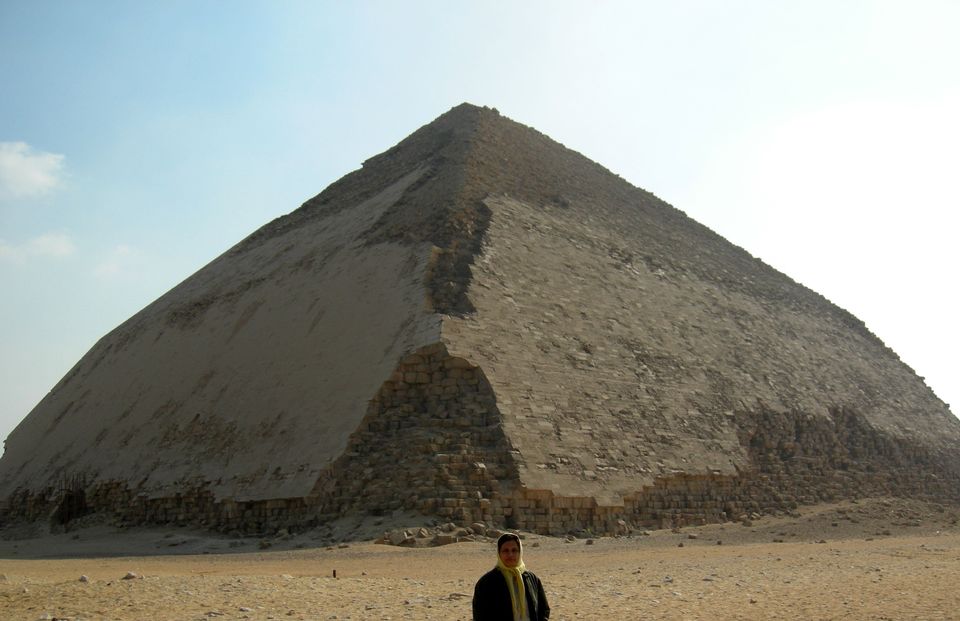
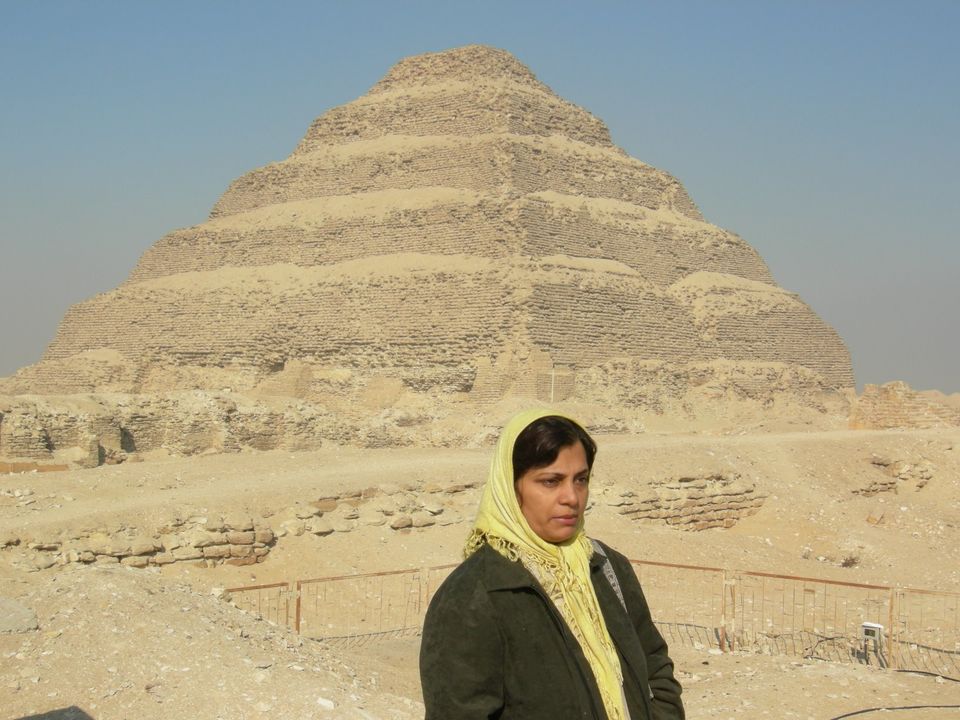
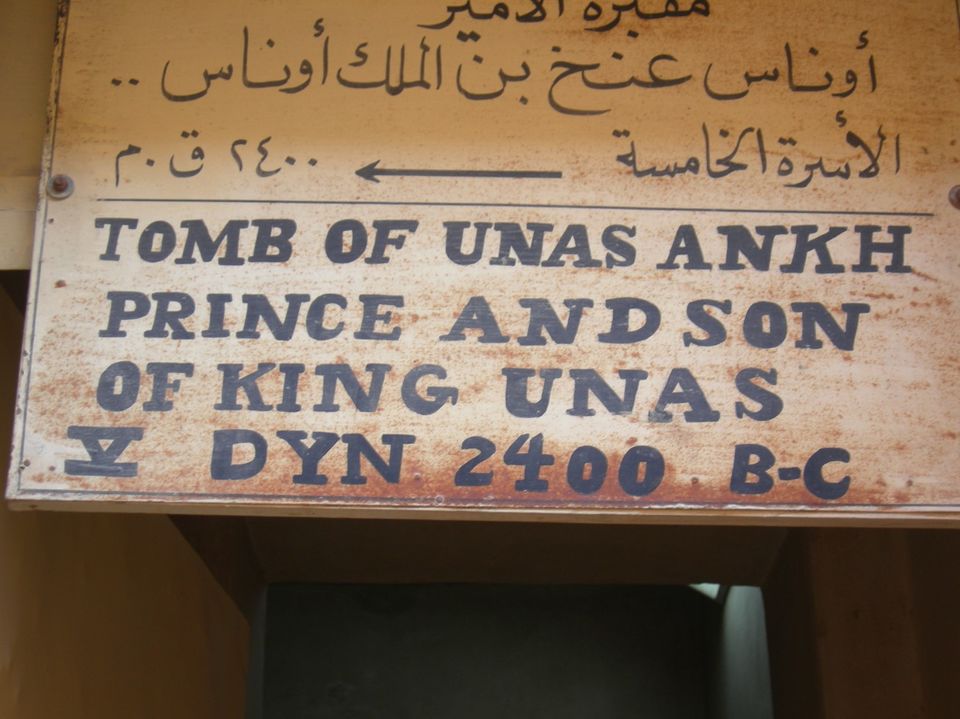
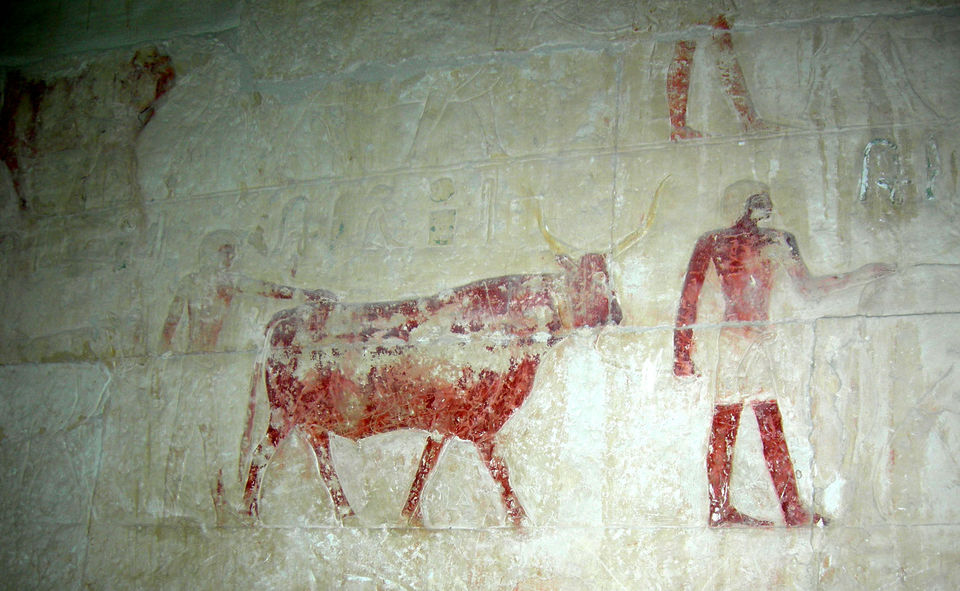
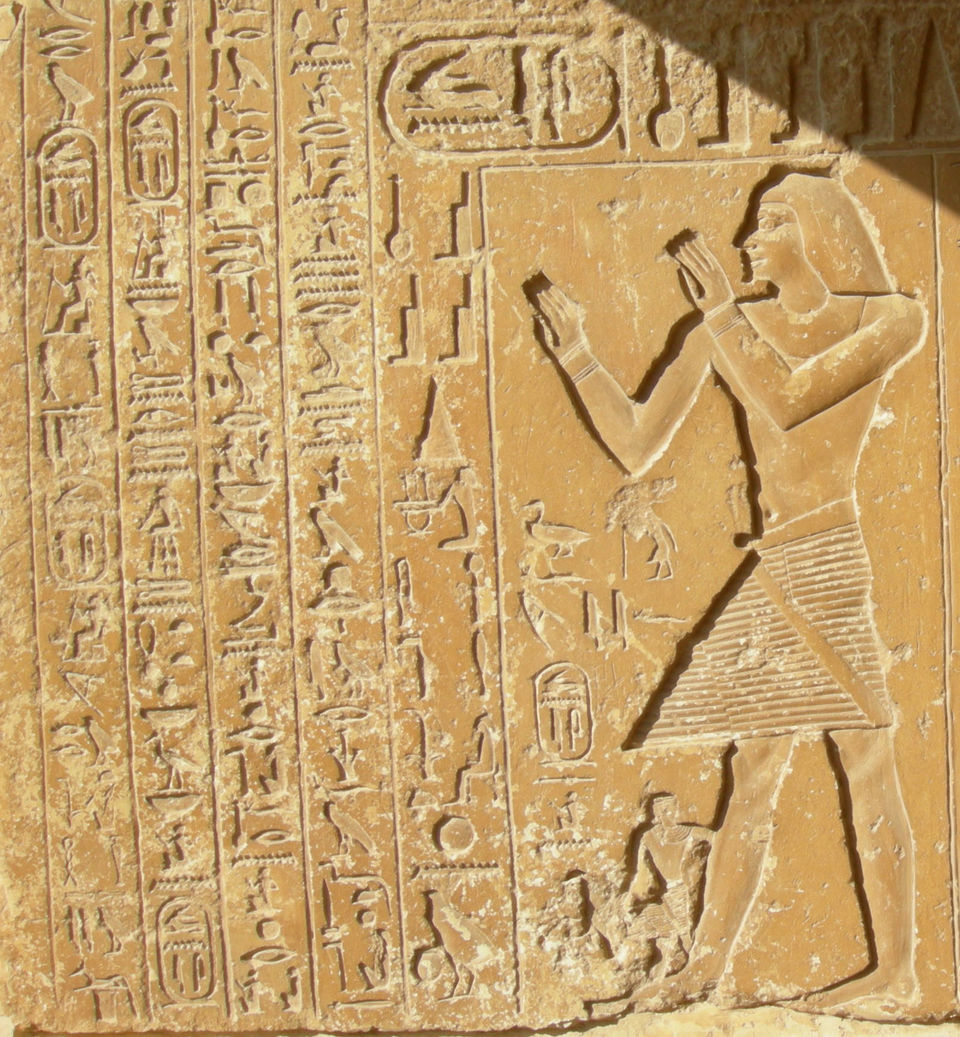
Luxor (Al Aqsur as Ibn Battuta calls it) is even more appealing than Cairo and the Valley of the Kings is absolutely fascinating, not to mention the Valley of the Queens. The temple of Hatsheput is all of a ruin and most of what you can see is the reconstructed part, but what leaves you wonderstruck is the history of the woman pharaoh who ruled in her own right in the 15th century B.C. and left behind an indelible impression.
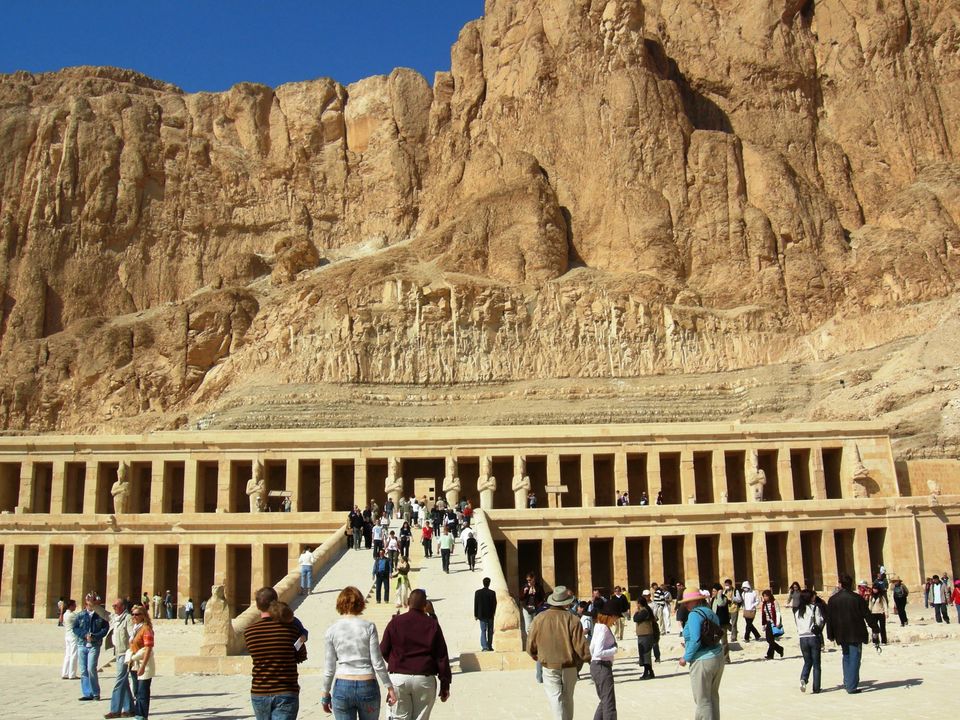
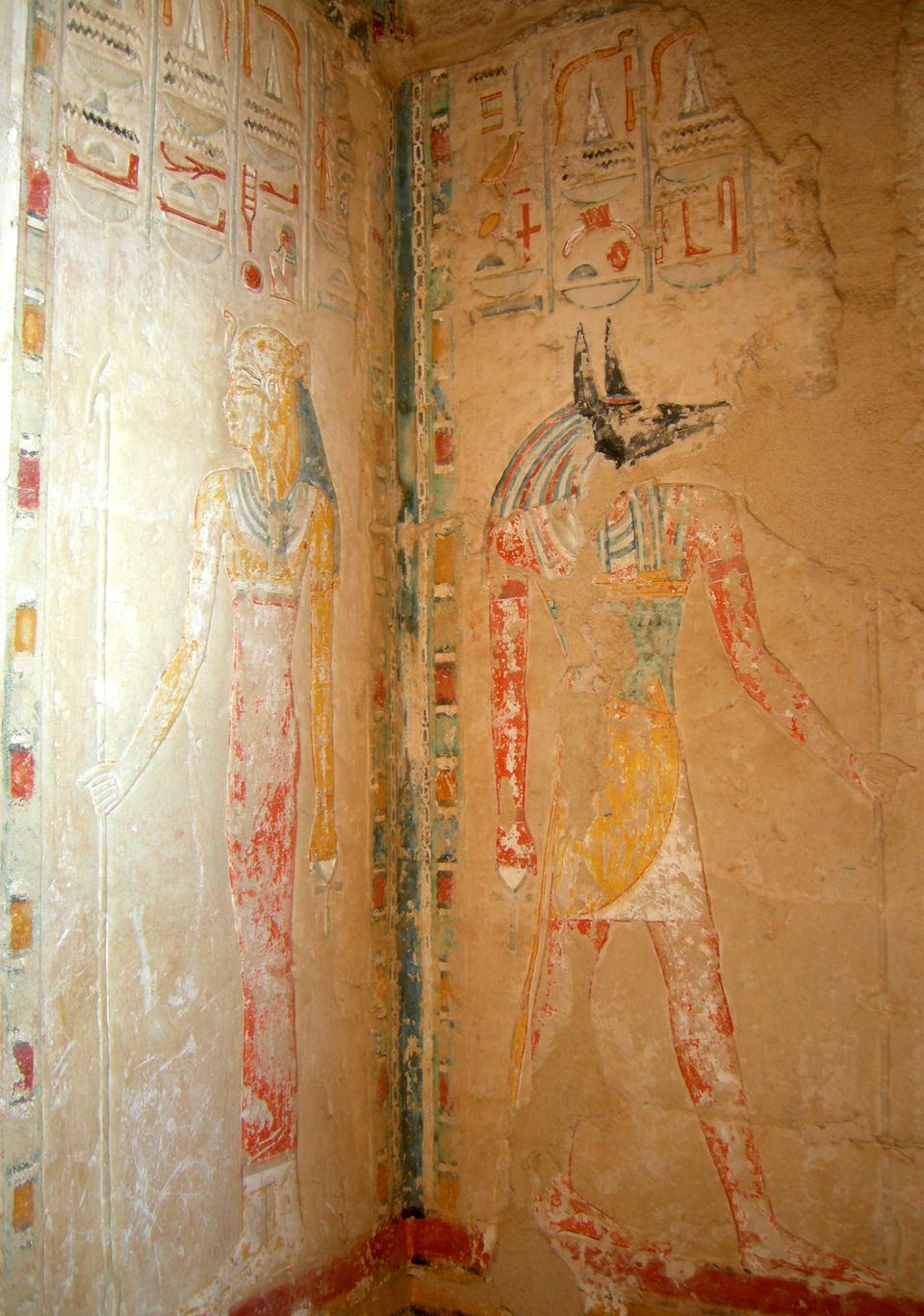
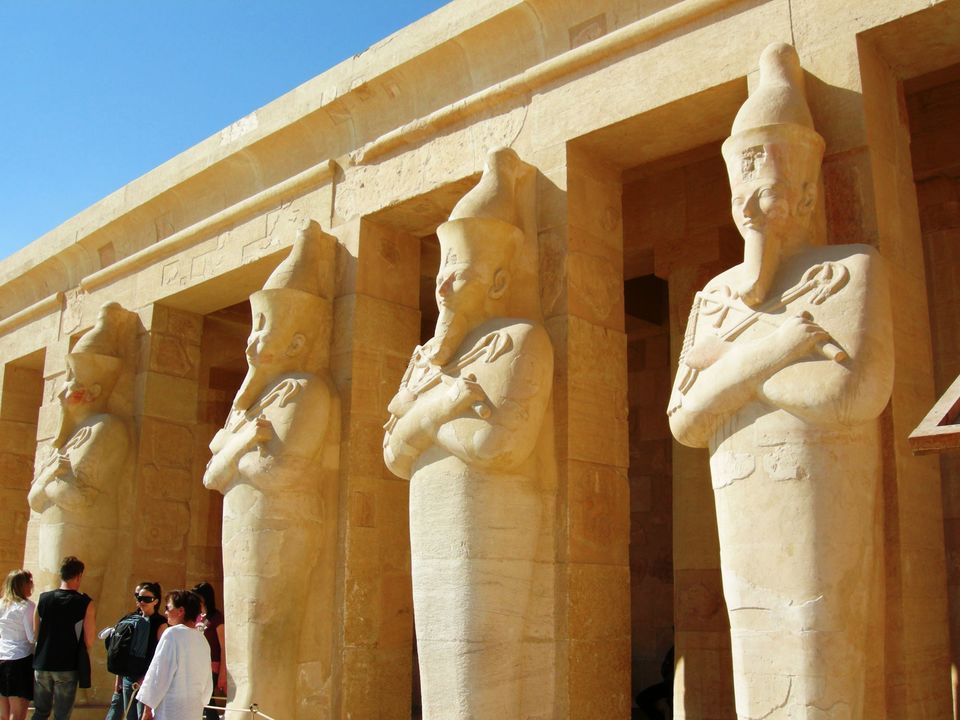
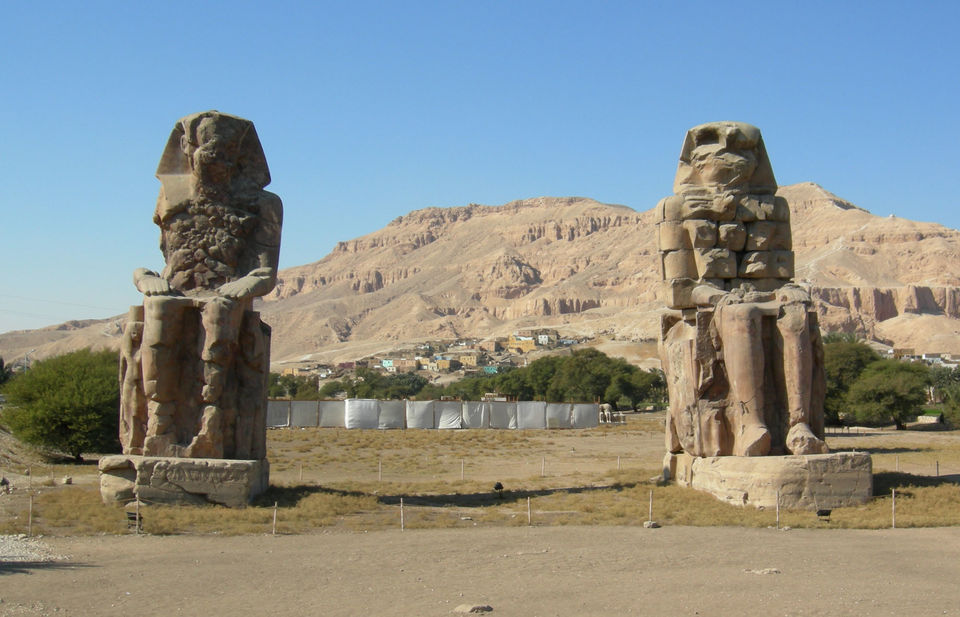



Luxor is possibly the world’s largest open air museum. The Temple of Karnak is said to be the largest temple complex in the world after Angkor Wat in Cambodia. Building at this site commenced nearly 4000 years ago during the reign of Senusret I and continued during the Ptolemaic period. The Hypostyle Hall in the precinct of Amun Re is a spectacular 50,000 sq.ft space with 134 massive columns, some of them 21 metres high.
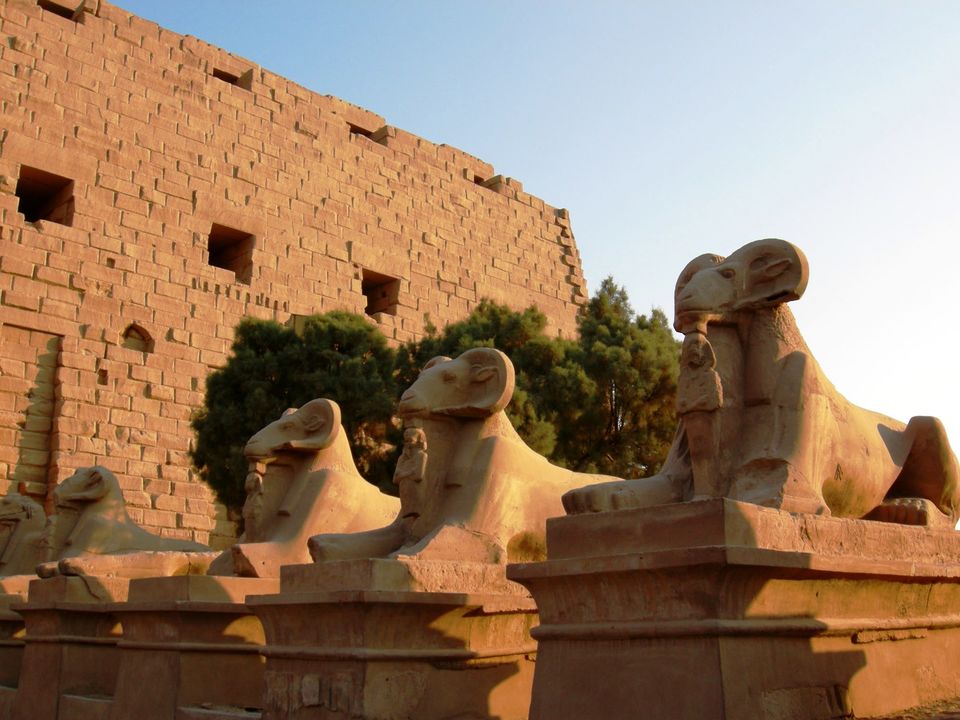
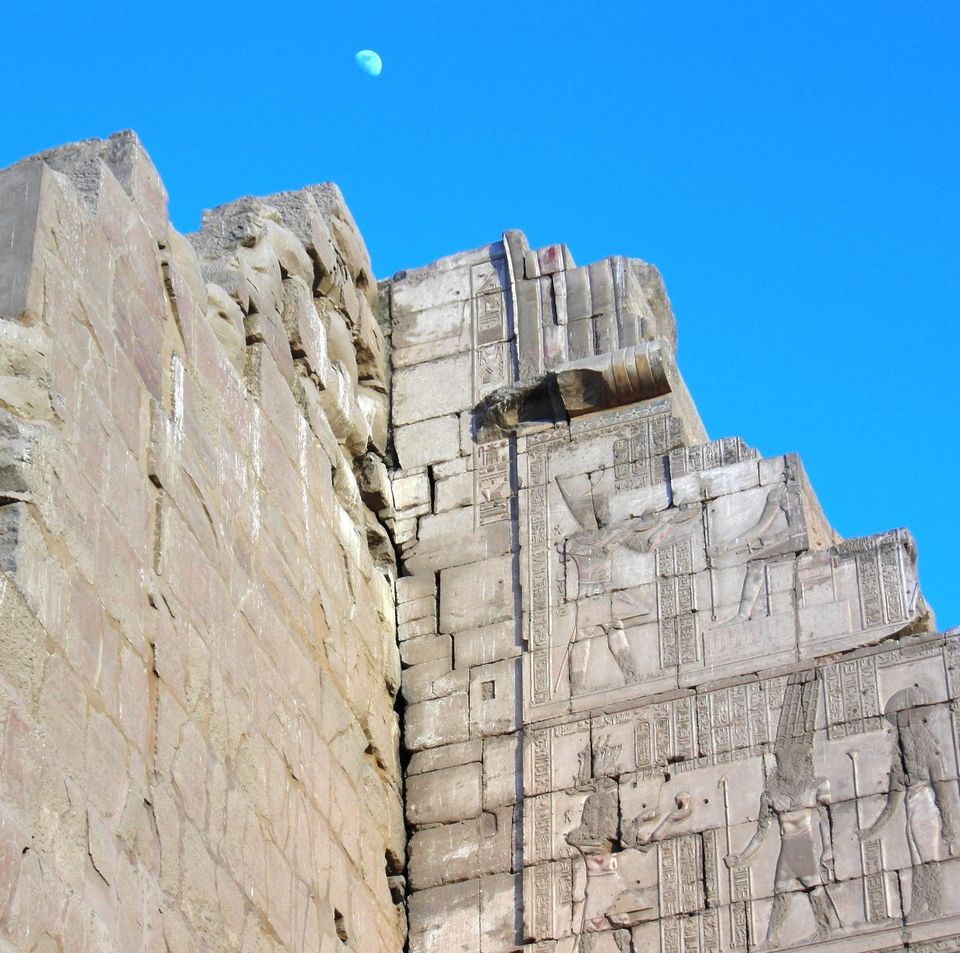
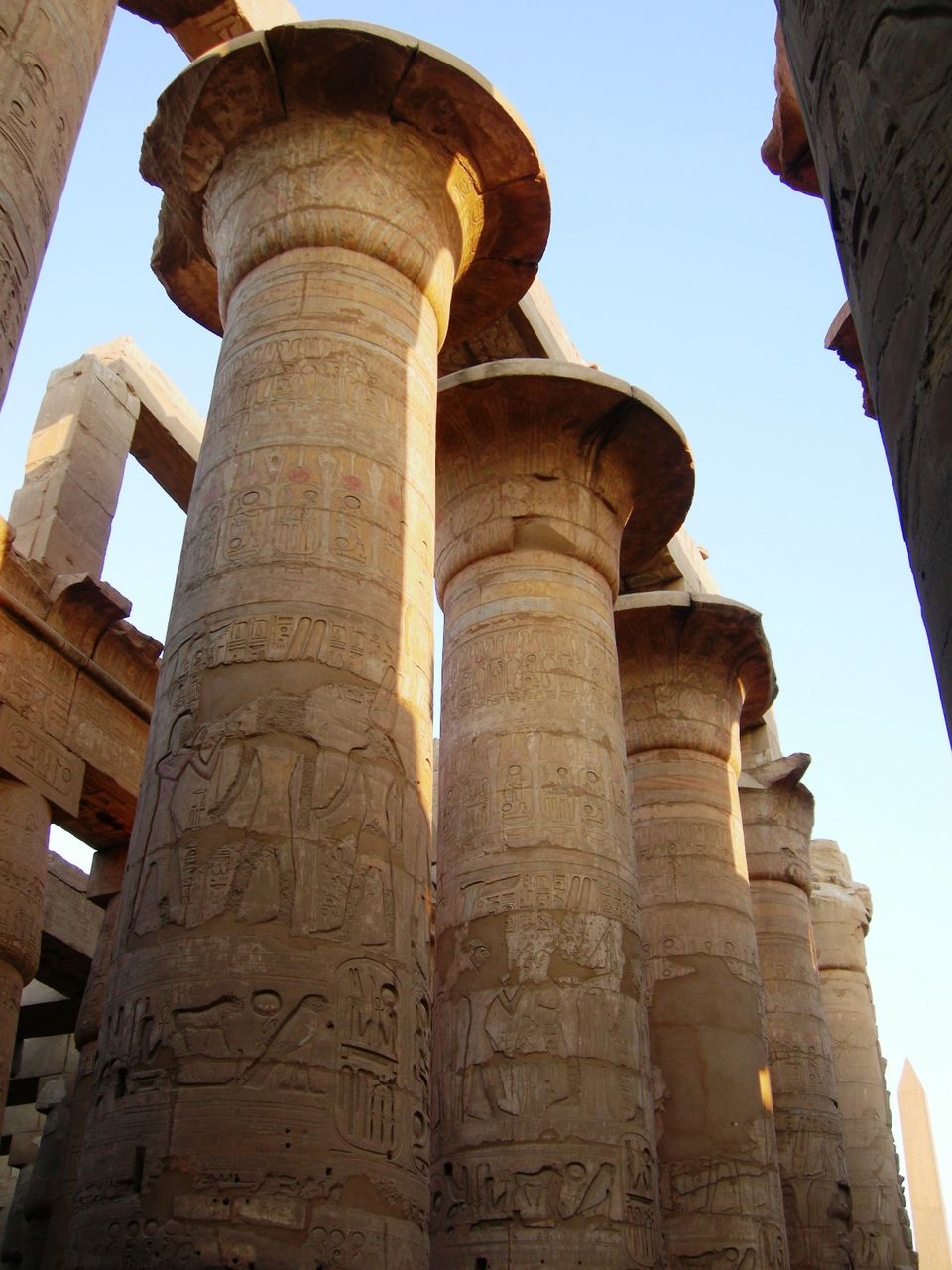
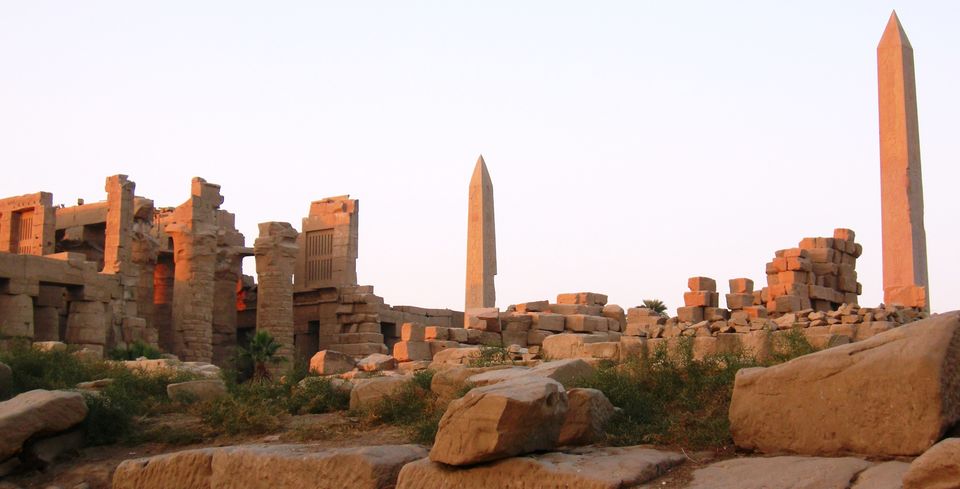
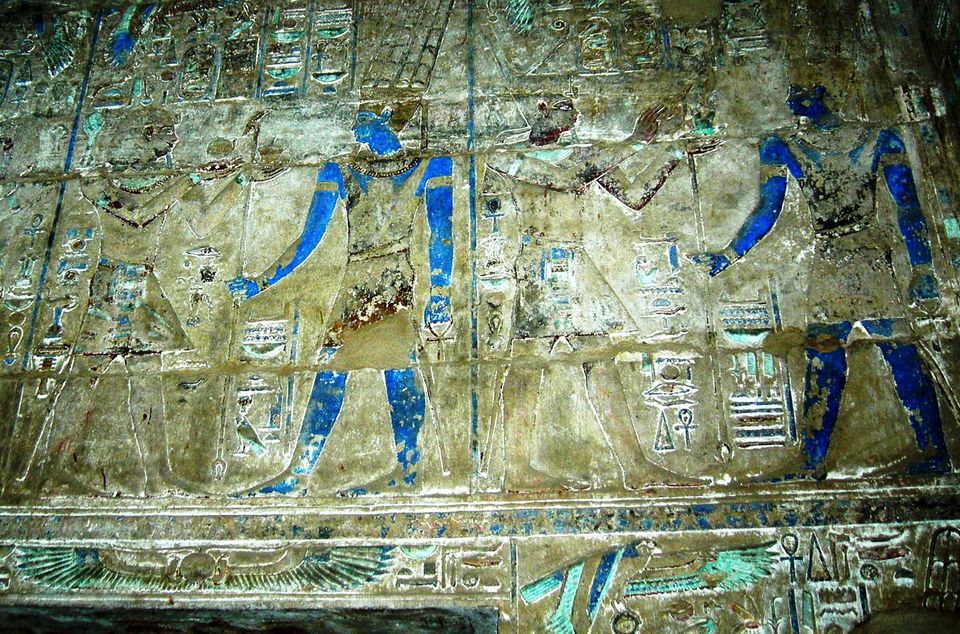
Luxor was known to the Greeks and Romans as Thebes, and Alexander the Great visited this monumental city. Hatshepsut erected twin obelisks at the entrance to the Karnak temple complex and one of them still stands. At that time they were the world’s tallest structures. Later she ordered two more obelisks to commemorate the 16th year of her reign. One of these broke up at the quarrying site at Aswan and today it is known to tourists as the “unfinished obelisk”. The Temple of Philae which was salvaged and relocated to an island in Lake Nasser is a short boat ride away from Aswan.




Abu Simbel is out in the desert, close to Egypt’s southern border with Sudan. The tourist vehicles started out in the early hours from Aswan in a convoy at 3-30 a.m. The long drive through mist and nothingness ended in a sudden appearance at sunrise of four massive apparitions cut into a rock face on the west bank of Lake Nasser (an artificial lake formed after the construction of the Aswan High Dam in 1968-70.) Rameses II looked out at us, transcending the millennia that separated us. It was a moment when time stood still. We were breathless, speechless for a long time. Carved out of the mountainside 33 centuries ago, the twin temples were dedicated to the Pharaoh Rameses II and his favoured wife Neferitari.
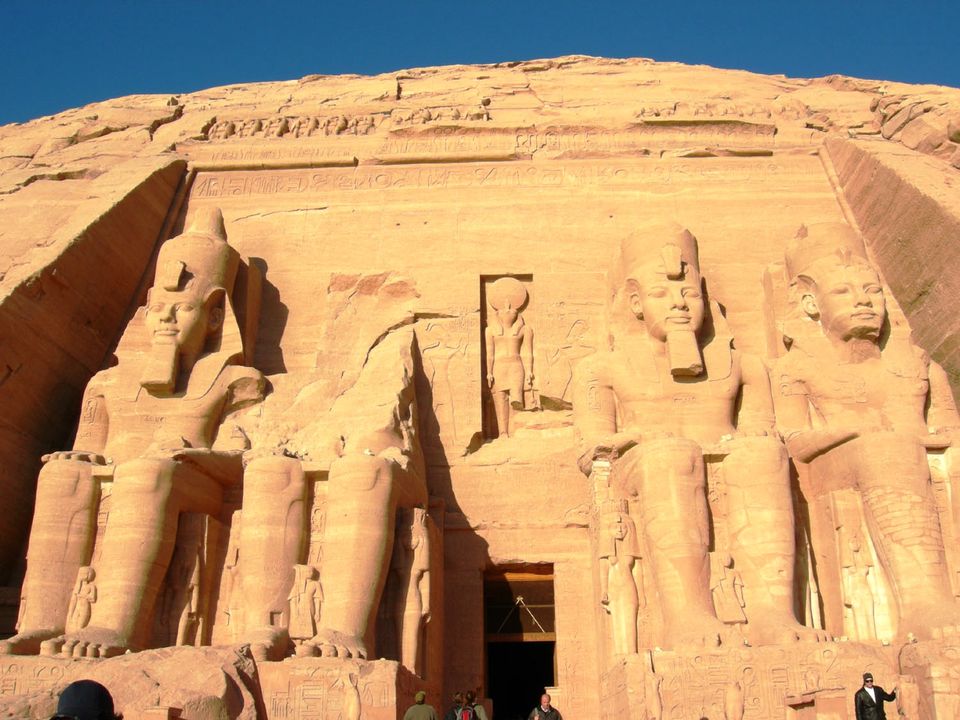
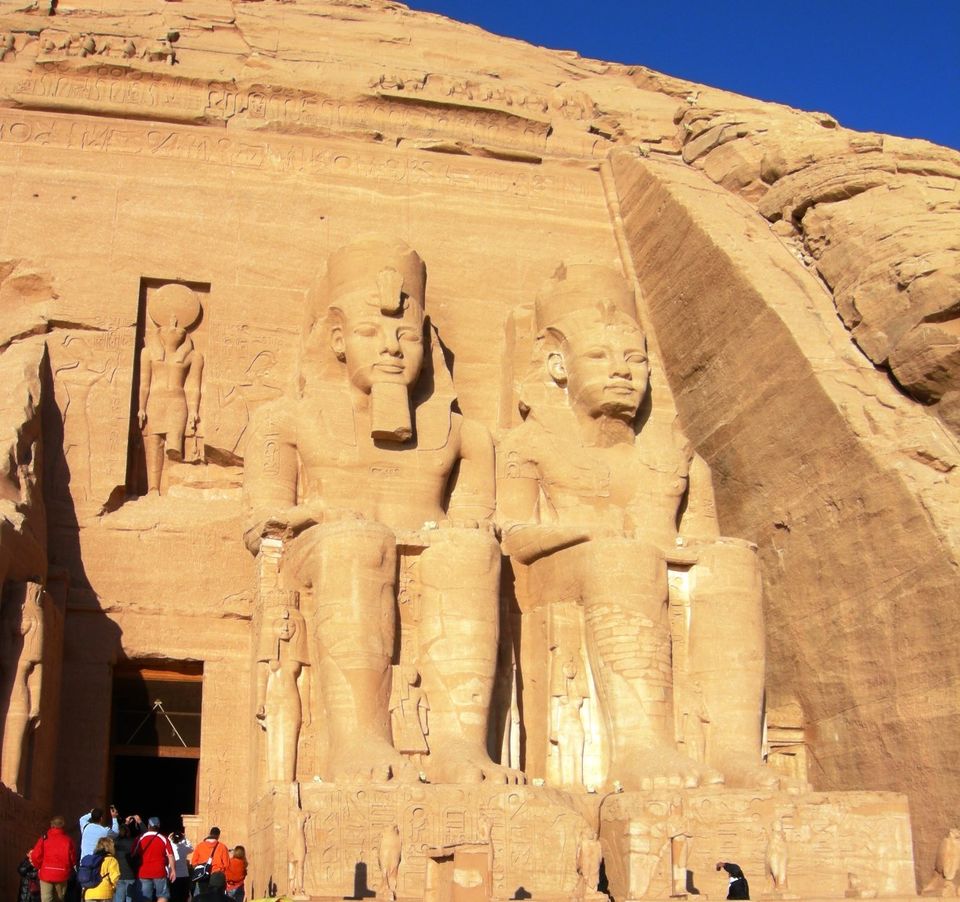
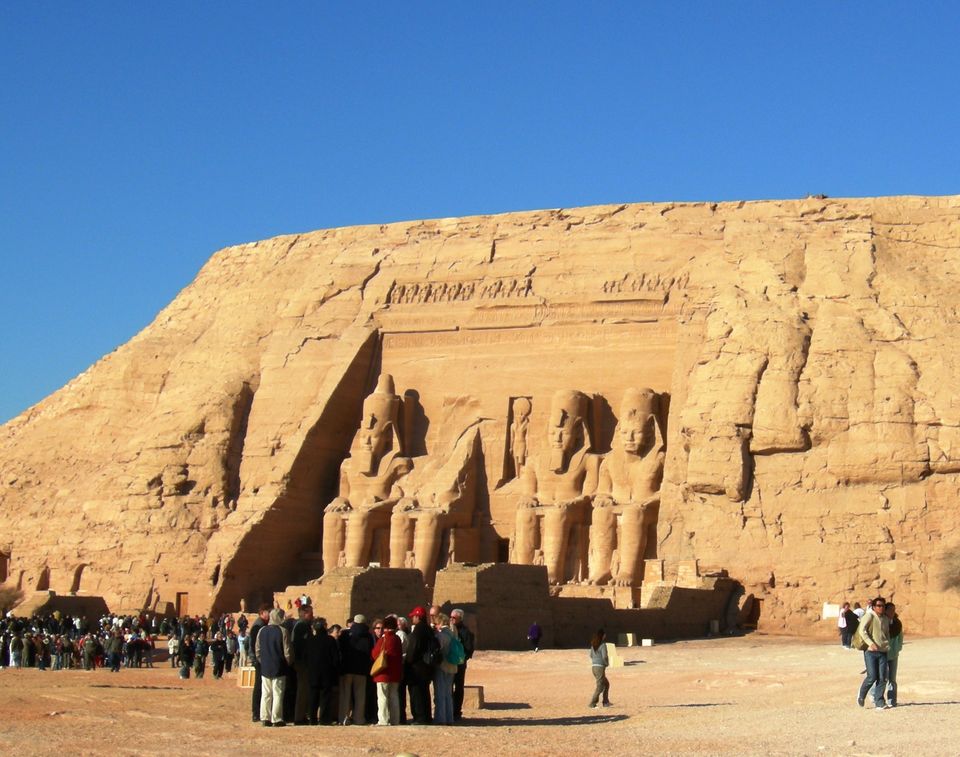
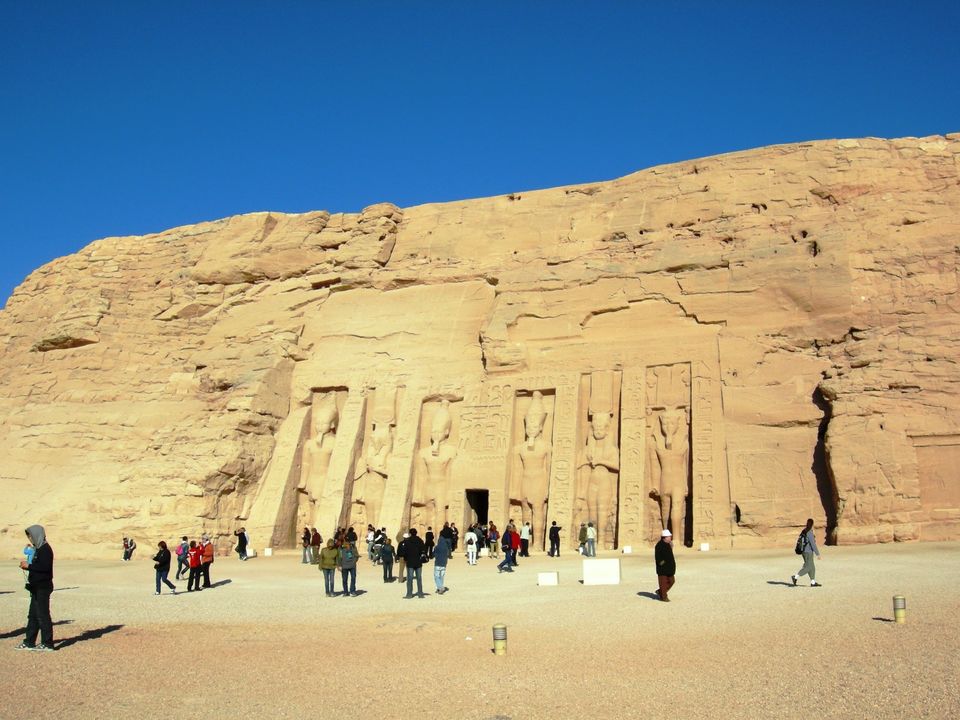
I did not go to Mt. Sinai, Esna, Edfu, Kom Ombo, or to the playgrounds of Hurghada and Sharm el Shaikh. That would have taken too much time – and burned a hole in my pocket of measly Indian rupees. So I took a train back to Cairo and a return flight to India. The airport was a disaster, but those were the days before ISIS burst upon the global scene, so fear wasn’t a factor. I guess Egypt has a lot to do to keep its heritage sites safe from mad marauders in the 21st century. So much damage has been done already –by vandals and tomb raiders, by conquerors and colonials, by the compulsions of adversity, and by centuries of neglect.


